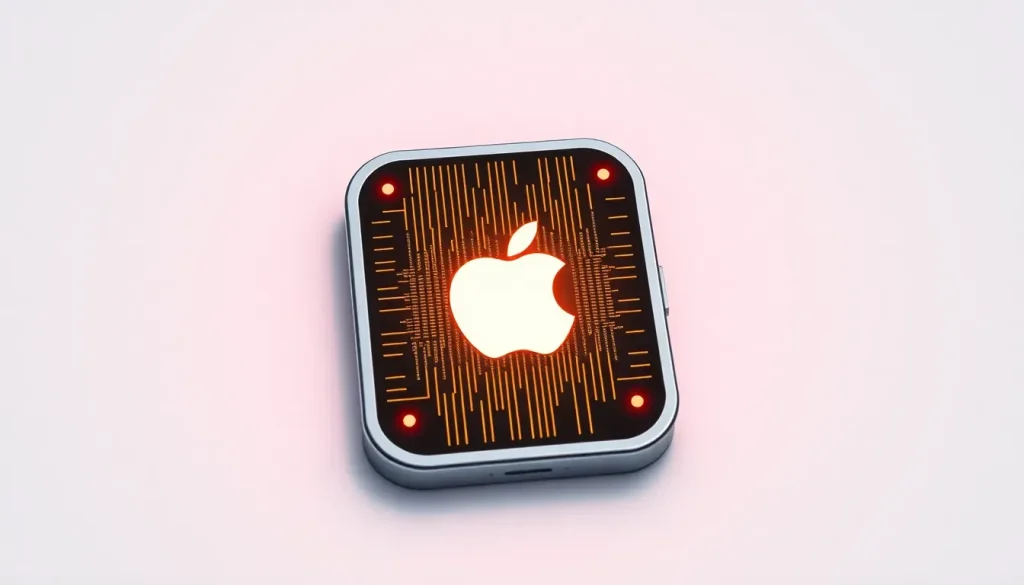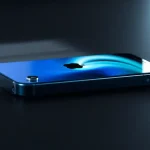15-Year Mystery Solved: 20 Bytes of Code That Fixed Antennagate

In 2010, Apple was riding high with the launch of the iPad, yet the company found itself embroiled in a controversy that would go down in history: Antennagate. Shortly after the release of the iPhone 4, users began to report a significant drop in signal strength when holding the phone in a typical way during calls. This issue not only overshadowed the excitement surrounding the new device but also sparked a widespread debate about Apple's design and engineering practices.
Despite the initial backlash, the resolution to this major problem was surprisingly simple—just a mere 20 bytes of code. This revelation has recently shed light on a fifteen-year-old mystery and provided a fascinating look into how software tweaks can significantly enhance user experience and perception.
The Origins of Antennagate
The iPhone 4 was celebrated for its sleek design and advanced features. However, shortly after its launch, users began experiencing a notorious issue: when gripping the phone in a certain way, the number of bars displayed on the signal strength indicator would plummet. This led to widespread frustration and negative publicity for Apple.
In a somewhat infamous response, then-CEO Steve Jobs attributed the signal loss to user error, famously stating, "You're holding it wrong." This dismissal only fueled the fire, as consumers expected more from a company of Apple's stature.
The Response from Apple
Faced with growing criticism, Apple implemented several measures to address the situation:
- Offered a free bumper case to affected iPhone 4 users.
- Settled a class-action lawsuit that emerged from the controversy.
- Made design improvements in the subsequent model, the iPhone 4S.
Despite these efforts, the core issue lay not in the hardware design but in a miscalculation in the software that displayed signal strength.
The Software Miscalculation
In July 2010, Apple admitted to making an error in the formula used to calculate the number of signal strength bars displayed to users. This revelation was crucial in understanding the true nature of the problem. In a public statement, Apple acknowledged:
“Upon investigation, we were stunned to find that the formula we use to calculate how many bars of signal strength to display is totally wrong.”
This miscalculation led to situations where the phone would display misleadingly high signal strength, creating a false sense of security among users. In reality, when users held the phone in a specific way, they were actually experiencing a much weaker signal than displayed.
Decoding the Fix: 20 Bytes of Code
Fast forward to today, and the mystery surrounding the 20 bytes of code that fixed the so-called Antennagate issue has finally been unraveled by software engineer and designer Sam Henry Gold. His investigation into the CoreTelephony framework revealed the key to the fix.
Gold discovered that the core of the issue lay within the lookup table used for displaying signal strength. Initially, the signal thresholds were overly optimistic, leading to a rapid drop from 5 to 2 bars when the phone was gripped. In the version 4.0.1 update, Apple adjusted these values to create a more gradual transition between signal strengths, smoothing out the display and making it less likely for users to experience sudden drops.
Graphical Representation of the Fix
Gold shared a comparison chart illustrating the signal drop-off before and after the code change. This visual representation provided clear evidence of how the adjustments improved user experience:
| Signal Strength (Bars) | Before Fix | After Fix |
|---|---|---|
| 5 Bars | High | Moderate |
| 2 Bars | Rapid Drop | Gradual Drop |
The result was a less alarming user experience, where signal drops were less pronounced and less likely to cause user distress.
Psychological Impact of Design Changes
In an interesting psychological twist, Gold noted that Apple also increased the height of the bars in the display. This subtle adjustment made lower signal strengths appear less severe, contributing to a more positive perception among users. By manipulating visual elements, Apple effectively managed user expectations and reduced frustration.
Reflections on Apple’s Legacy
The Antennagate controversy serves as a reminder of how critical software is in modern devices. While the iPhone 4 is often remembered for its design, the lessons learned from this incident have had lasting implications for Apple and the smartphone industry as a whole.
As technology continues to evolve, the importance of effective communication and transparency with consumers cannot be overstated. Apple’s experience with Antennagate highlights how a seemingly minor software fix can alleviate a major public relations crisis.
For those interested in revisiting this fascinating chapter in tech history, you can watch the video titled "2010 - Apple iPhone 4 ANTENNA-GATE Press Conference."
Continuing Impact of Antennagate
Antennagate is more than just a blip in Apple’s history; it served as a pivotal moment that changed how companies approach product testing and consumer feedback. The incident prompted a more rigorous examination of hardware-software integration in future devices.
Today, smartphone manufacturers are more aware than ever of the implications of software on user experience. They strive to avoid similar pitfalls by investing in extensive testing and user experience research.
Highlighted accessories
- Official Apple Store on Amazon
- Apple 40W Dynamic Power Adapter for iPhone 17
- Official Apple iPhone Air cases and bumpers
- iPhone Air MagSafe Battery
- Official iPhone Air case
- Official iPhone 17 cases
- Official iPhone 17 Pro cases and Pro Max cases
Photo by Brett Jordan on Unsplash




Leave a Reply